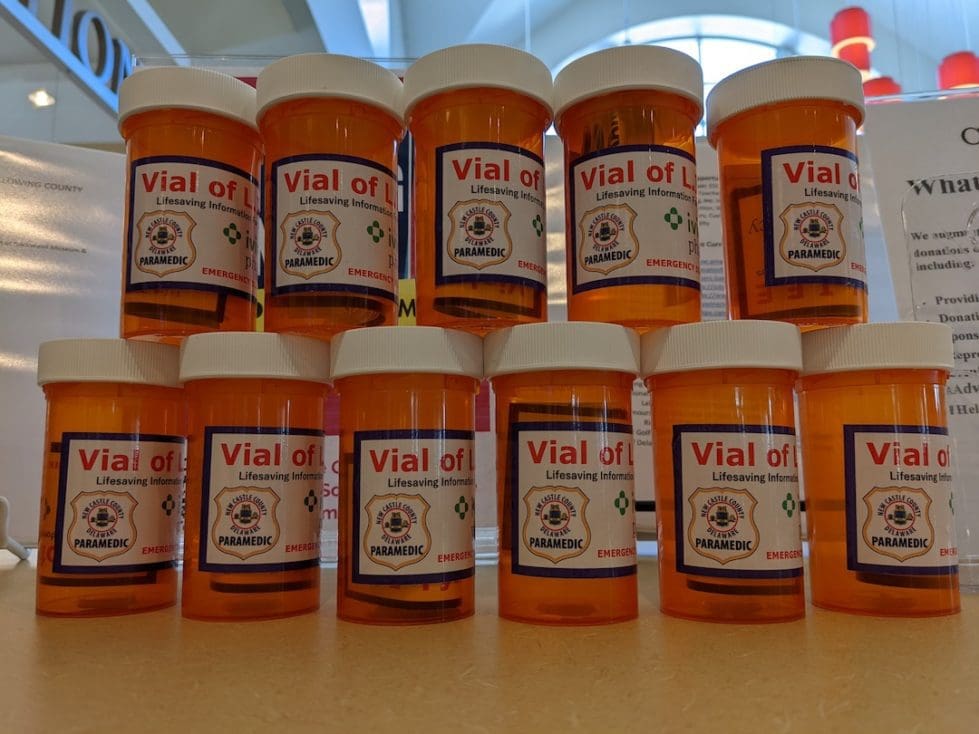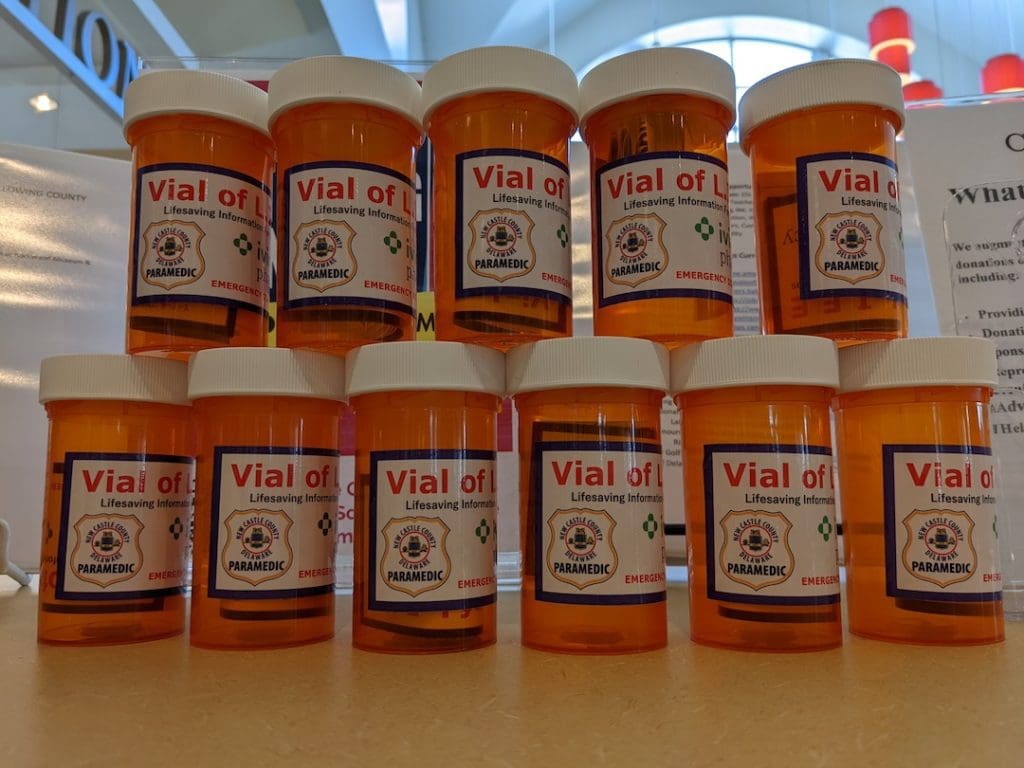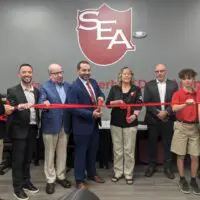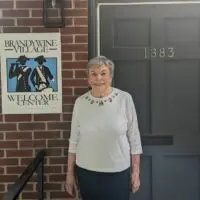A refrigerator magnet and a filled-out piece of paper inside the fridge could be a lifesaver.
They’re part of the Vial of Life, a program just launched by New Castle County.
“The Vial of Life is a simple tool that can be used during a medical emergency,” paramedic Christina Branca said in a YouTube video produced by the county.
“Its beauty is in its simplicity,” said Jay C. Patel, founder of Ivira Health, which donated 50,000 oversized pill bottles to hold the paperwork that speaks for someone who is unconscious or cannot articulate.
It’s about getting “all your pertinent information” in one spot, said Mark Logemann, chief of the county’s Emergency Medical Services Division.
The magnet alerts first responders that the paperwork is in a bottle inside the fridge, preferably on the door. On the form, residents should describe themselves, list their medications and medication allergies and check off 15 key medical conditions (and “other,” as needed”).
“It’s very important to know pre-existing conditions,” County Executive Matt Mayer said in announcing the program.
The vials – with the magnet and form – are available at county libraries and the New Castle County Public Safety building. They can also be requested by calling 302-395-8184 or emailing [email protected].
Vial of Life, which stands for Lifesaving Information For Emergencies, is aimed at seniors and disabled residents, the county said, but it can also provide peace of mind to people who live alone – and families, friends and neighbors of people in those categories.
The concept is at least four decades old, with VialOfLive saying that millions of vials have been distributed.
Some programs use clear plastic bags, rather than pill bottles. Some programs also recommend placing an identifying sticker on the front door or an adjacent window. It’s been promoted by governments, nonprofits and companies across the United States, and it’s spread to Canada, as well.
Share this Post









